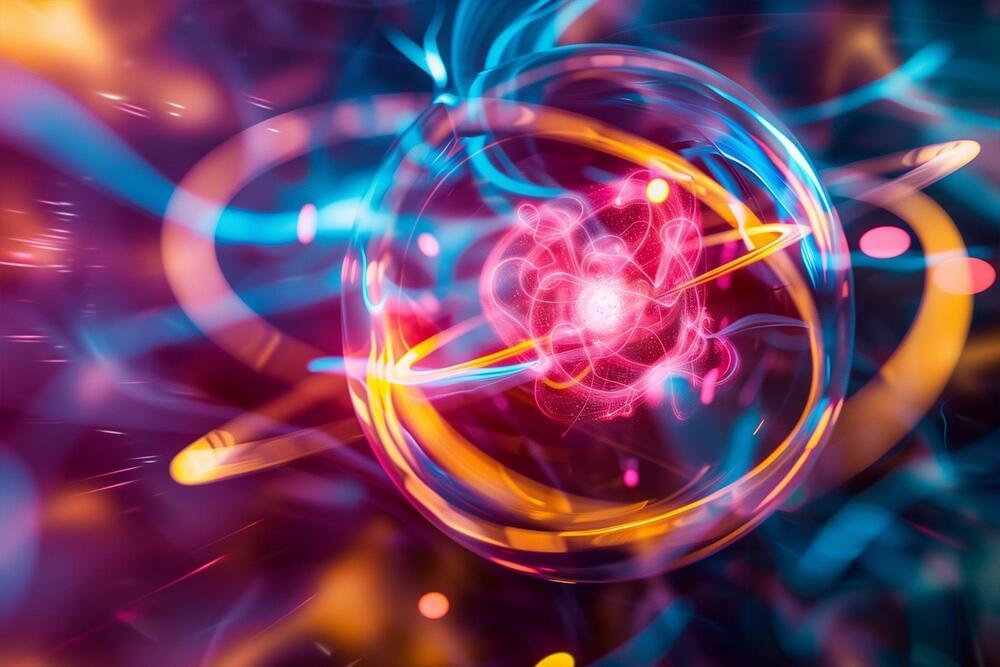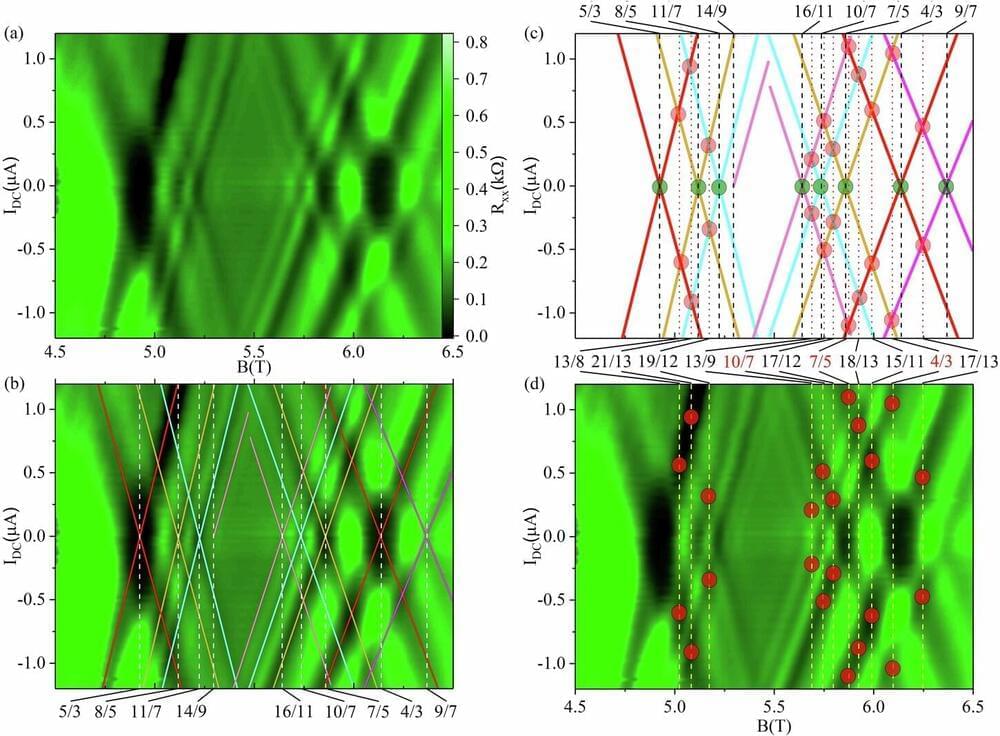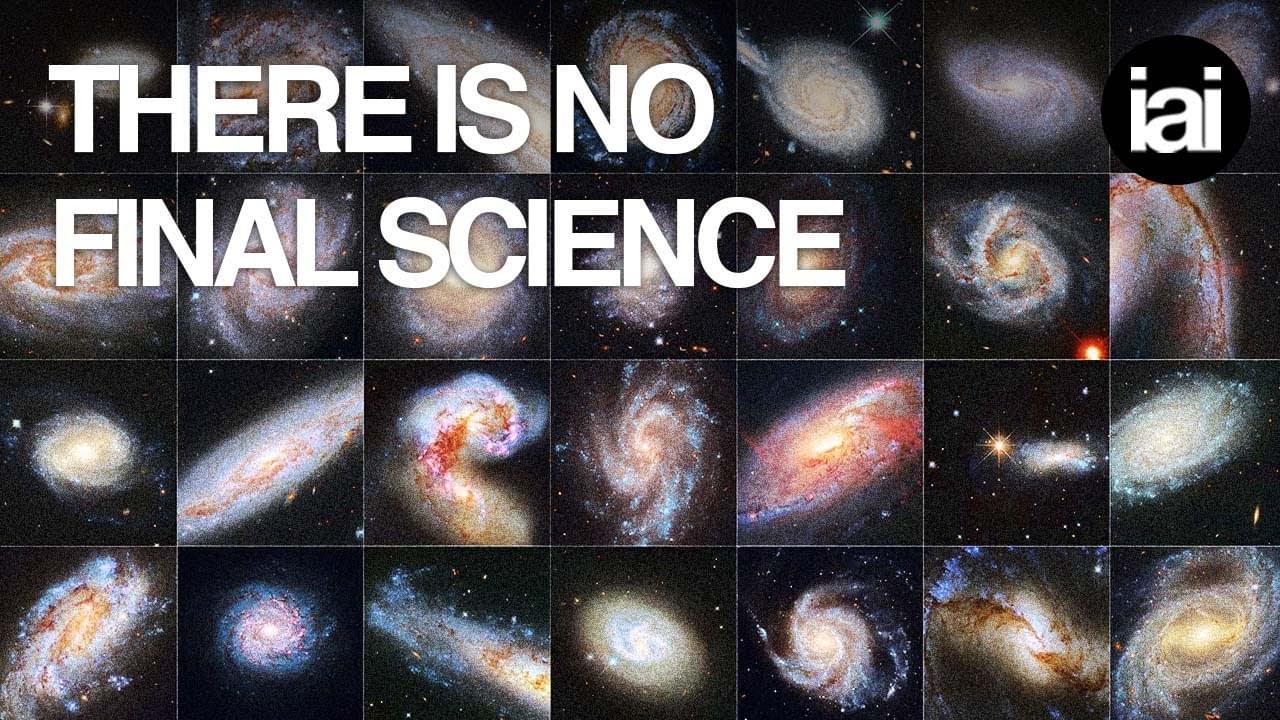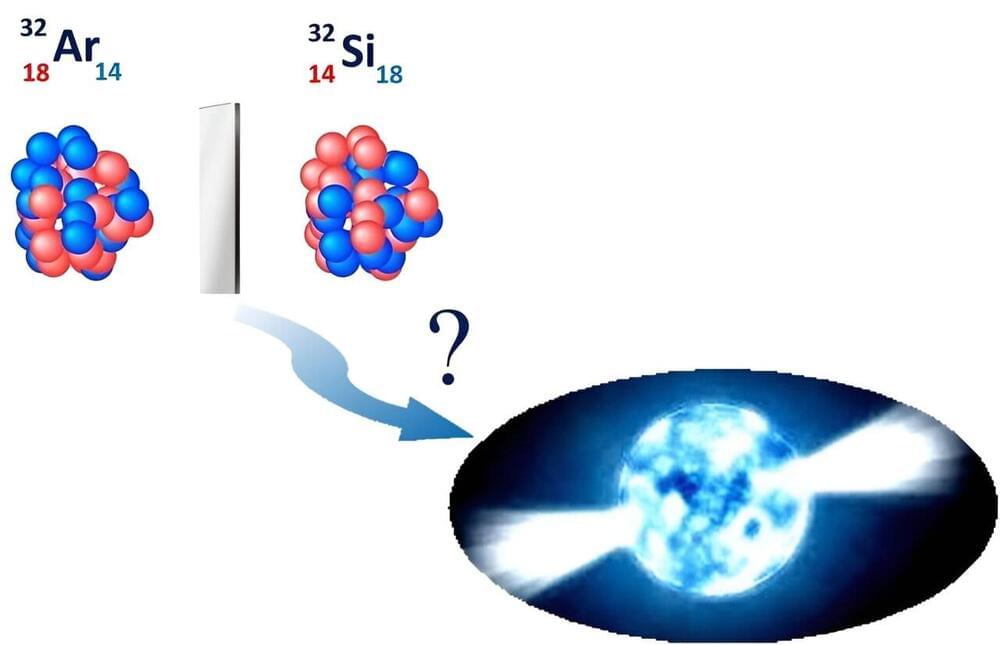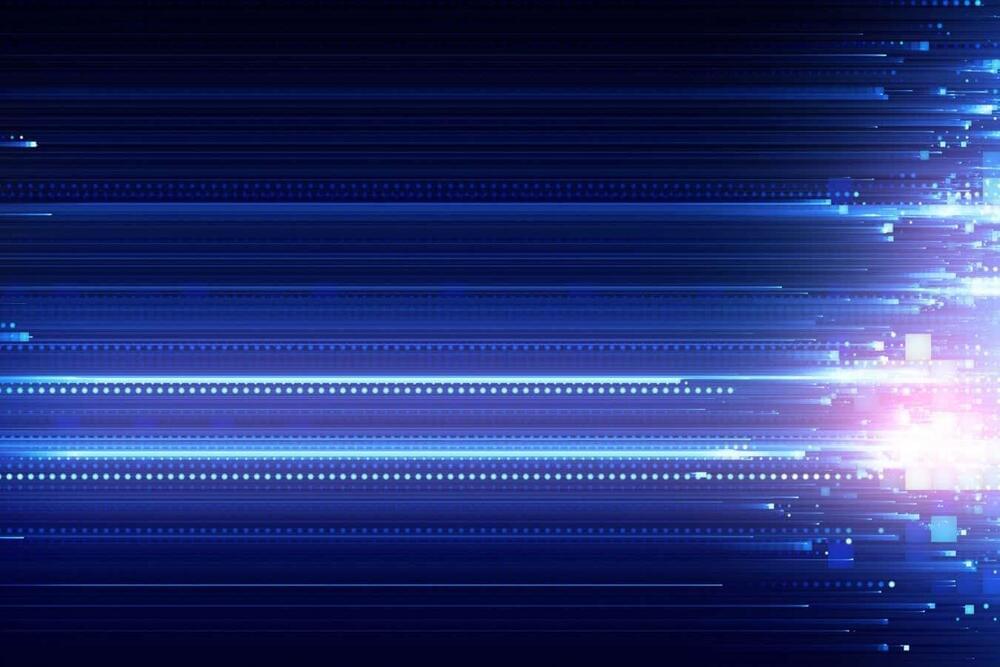It’s all about the entropy.
Category: particle physics
Harvard researchers have shown that quantum coherence can survive chemical reactions at ultracold temperatures. Using advanced techniques, they demonstrated this with 40K87Rb bialkali molecules, suggesting potential applications in quantum information science and broader implications for understanding chemical reactions.
Zoom in on a chemical reaction to the quantum level and you’ll notice that particles behave like waves that can ripple and collide. Scientists have long sought to understand quantum coherence, the ability of particles to maintain phase relationships and exist in multiple states simultaneously; this is akin to all parts of a wave being synchronized. It has been an open question whether quantum coherence can persist through a chemical reaction where bonds dynamically break and form.
Now, for the first time, a team of Harvard scientists has demonstrated the survival of quantum coherence in a chemical reaction involving ultracold molecules. These findings highlight the potential of harnessing chemical reactions for future applications in quantum information science.
Imagine a two-dimensional flatland, instead of our three-dimensional world, where the rules of physics are turned on their head and particles like electrons defy expectations to reveal new secrets. That’s exactly what a team of researchers, including Georgia State University Professor of Physics Ramesh G. Mani and recent Ph.D. graduate U. Kushan Wijewardena, has been studying at Georgia State’s laboratories.
What could the anomalies in temperature, composition, location, and spread of particles mean for satellites and GPS?
A powerful geomagnetic storm on May 11 led to visible auroras in the southern U.S. and disrupted GPS technology. Researchers from Virginia Tech, utilizing NASA ’s GOLD instrument, documented unprecedented atmospheric phenomena and examined the effects on Earth’s ionosphere. The studies underscore the dynamic nature of the upper atmosphere and its susceptibility to solar activities, which are currently intensifying as we approach the peak of the solar cycle in 2025.
Stunning Auroras and Technological Disruptions.
Scientists Can Now Test for Extra Dimensions and Unveil New Realities with the LHC
TL;DR
The Large Hadron Collider (LHC) is pushing the boundaries of physics by enabling scientists to search for the Higgs Boson, explore the mysteries of dark matter, and potentially detect evidence of extra dimensions. Despite wild conspiracy theories claiming the LHC could open portals to parallel dimensions or create black holes, the reality is grounded in groundbreaking scientific exploration. The LHC may even briefly produce microscopic black holes, offering insights into the existence of extra dimensions without any danger to our planet. These discoveries could revolutionise our understanding of the universe.
Claudia de Rham
Posted in cosmology, particle physics, quantum physics
Avshalom Elitzur, Claudia de Rham and Harry Cliff debate the relationship between mystery and scientific discovery.
Does science eradicate mystery or expand it?
Watch the full debate at https://iai.tv/video/mystery-in-the-m…
We have the impression that science unravels the mysteries of the universe. But with every mystery solved, a new mystery emerges. The Big Bang gave us an explanation for the expanding universe but left the mystery of how it came about. Quantum mechanics accounted for the strange behaviour of subatomic particles, but led to the puzzle of its conflict with relativity. Dark energy made sense of an accelerating universe but led to the mystery of why we have no evidence for it. Is there a danger that we are making a fundamental mistake in imagining science can eradicate mystery, and do we need to think of science differently as a consequence?
Construction workers have finished the excavation of the huge caverns that will house the international Deep Underground Neutrino Experiment. While engineers and technicians are preparing for the installation of the gigantic neutrino detectors into these caverns a mile underground, scientists around the world are working to optimize DUNE’s particle detector technology.
Adding or removing neutrons from an atomic nucleus leads to changes in the size of the nucleus. This in turn causes tiny changes in the energy levels of the atom’s electrons, known as isotope shifts. Scientists can use precision measurements of these energy shifts to measure the radius of the nucleus of an isotope.
In the quantum realm, a particle’s properties can be separate from the particle itself, including its angular momentum – which could require a rethinking of fundamental laws.
Researchers at the University of Colorado, Boulder; KU Leuven; the Flatiron Institute and the University of Wisconsin–Madison recently set out to answer a long-standing research question, specifically whether charged particles in the turbulent flows commonly surrounding black holes and other compact objects can be accelerated to very high energies.

